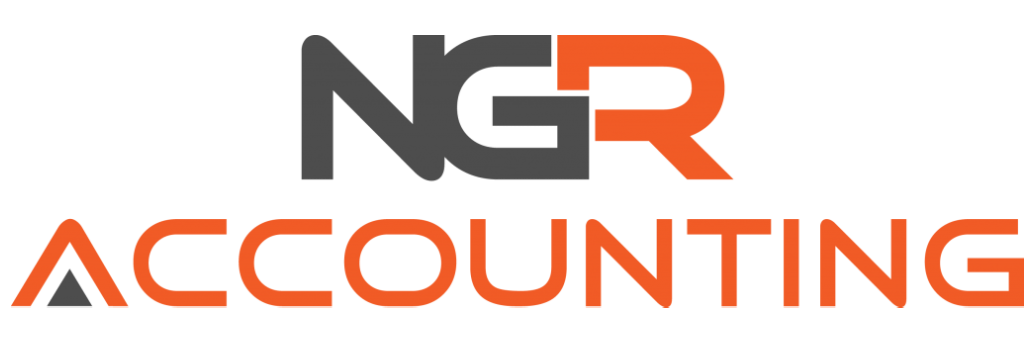Running a business is no easy feat. You work hard to bring in revenue, but somehow, your profit always feels out of reach. Sound familiar? The truth is, invisible costs might be silently draining your business’s profitability—but the good news is, you can do something about it.
In this blog, we’re uncovering the hidden costs that often go unnoticed, the two main types of expenses affecting your bottom line, and practical strategies to help you reduce, remove, or renegotiate these profit killers.
The Two Types of Costs
When it comes to costs in your business, there are two main categories: direct costs and indirect costs. Understanding these is the first step to identifying where your profit is going.
1. Direct Costs
These are the expenses you can see clearly and often make up a large portion of your operating budget. Examples include:
- Unnecessary Subscriptions: Are you paying for software you don’t use? For example, many businesses pay for Zoom while already having Teams included in their Office 365 subscription.
- High-Interest Loans: Credit cards with 20% interest or online lenders like Wallet Wizard—which can charge interest rates as high as 74.8% —are major profit killers. Refinancing or finding better rates can save you thousands.
- Unused Office Space: If your office or factory has unused areas, consider subletting, downsizing, or moving to a coworking space to reduce costs.
2. Indirect Costs
These expenses are less obvious but still take a toll on your bottom line. They often stem from inefficiencies or poor planning, such as:
- Operational Inefficiencies: Are your staff spending time chasing overdue payments? Implement systems like automated reminders or payment collection software (e.g., Ignition) to save time and reduce resource wastage.
- Low-Value Tasks: As a business owner, your time is one of the most valuable resources. Spending it on tasks that could be delegated means losing opportunities to focus on high-value, revenue-generating activities.
- Hidden Overheads: Things like heating, cooling, and maintenance costs tied to unused space can add up quickly. Downsizing your workspace could reduce these costs significantly.
How to Address These Costs
Tackling hidden costs might seem overwhelming, but a strategic approach can yield significant results. Here are three actionable steps to get started:
1. Audit Your Expenses
Go through your bank statements and categorize each expense using the Three R’s:
- Remove: Cut out unnecessary expenses, like unused subscriptions.
- Reduce: Find ways to lower costs, such as negotiating better rates.
- Renegotiate: Revisit contracts and loans to secure better terms.
2. Delegate and Streamline
Stop spending time on low-value tasks that don’t move the needle for your business. Delegate these to team members or outsource them, allowing you to focus on activities that drive revenue.
3. Reevaluate Customers and Products
Not every customer or product is worth the effort. Identify clients who drain your resources or products with low profit margins. Consider firing difficult clients or discontinuing unprofitable product lines. Focus on what delivers the most value to your business.
The Bottom Line: Stop Letting Hidden Costs Steal Your Profit
On average, identifying and addressing hidden costs can lead to a 20% improvement in operating expenses. That’s money you can put toward paying yourself better, investing in growth, or reducing business debt.
Ready to take control of your business finances? Here’s how you can get started:
- Join our 5 days of 5 minute challenges for Permanent Profit, starting 3rd Feb!
- Sign Up for the our Free Masterclass: I’ll be hosting a live session to dive deeper into these concepts, with practical tools to help you transform your business.
- Register your interest by emailing profit.generator@ngraccounting.com.au
- Join the Profit Generator School: Launching in February 2025, this online course will guide you step-by-step through strategies to maximise your profit.

